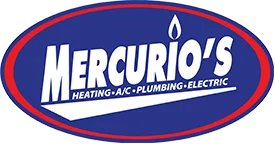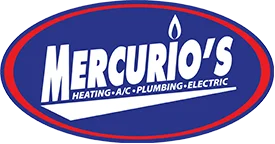Ductless air conditioning systems, often referred to as ductless mini splits, are gaining popularity in the U.S. as an efficient solution for cooling homes during the hot summer months. These systems are so named because they consist of two main components: an indoor blower unit and an outdoor condenser, which work together to cool specific rooms or zones within a home.
How Ductless AC Systems Work
Ductless air conditioning systems, also known as mini split air conditioners, are both efficient and simple to use. Each system features an indoor unit connected to an outdoor condenser. Inside the indoor unit, evaporator coils filled with refrigerant cool the warm air drawn from the room.
This heat is then transferred to the outdoor unit where it's expelled into the atmosphere. The indoor unit can then deliver chilled air back into the room, maintaining a comfortable temperature.
Unlike traditional central air conditioners that rely on a network of ducts, ductless mini splits cool each room individually. This means no energy is wasted pushing air through long ductwork, and each room can be controlled independently for personalized comfort.
Best of all, ductless systems can be fitted with a heat pump to provide both cooling and heat. This makes them a great HVAC solution for all four seasons.
Components of a Ductless System
To understand a ductless system better, it's important to know its three main components:
Blower-evaporator unit
Positioned inside the room, this unit is usually mounted on the wall. It pulls in warm air from the room, cools it by removing heat and moisture, and then circulates the cooled air back into the room. Simultaneously, it sends the absorbed heat and moisture outside through a connecting conduit.
Conduit
This unit connects the indoor and outdoor components, and it contains the power cable, refrigerant tubing, and a condensate drain. It facilitates the transfer of heat and moisture from the interior of your home to the outdoor condenser.
Condenser
Located outside, this unit releases the heat it receives from the indoor unit. It also compresses the refrigerant and sends it back to the indoor unit to continue the cooling cycle.
The Advantages of Ductless Air Conditioning
Opting for a ductless air conditioning system offers several benefits:
No Ductwork Needed
Ductless systems are compact and occupy minimal wall space. They eliminate the need for installing extensive ductwork, making them ideal for older buildings or properties where duct integration is challenging.
Enhanced Energy Efficiency
Ductless units directly cool the rooms they are installed in, reducing energy loss associated with traditional ducted systems where up to 30% of energy can escape through the ducts.
Precise Climate Control
With individual controls for each unit, you can set different temperatures for different rooms or areas. This not only improves overall comfort but also enhances energy efficiency.
Improved Air Quality
Ductless systems reduce the circulation of dust and allergens compared to ducted systems, as there are no ducts to collect and distribute airborne particles.
Find the Perfect Ductless Mini Split For Your Home
Expanding your home’s ductwork can be cumbersome and expensive. Instead, consider the simplicity and effectiveness of a ductless AC unit. If you’re considering a ductless system for your home, Mercurio’s Heating & Air Conditioning is ready to help. Our cooling experts can outline your options and provide high-quality air conditioner installation service.
Contact us today so we can help you find the perfect climate control solution for your needs!








